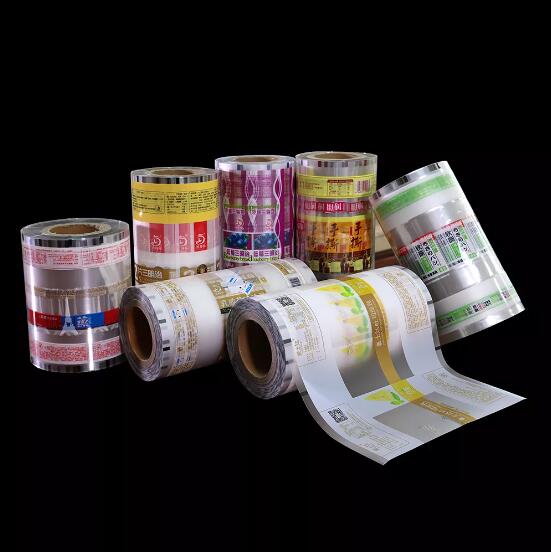Exploring the Varieties of Polypropylene Film: Types and Distinctions
2024-03-06
Polypropylene film is a versatile and widely used material in the packaging industry, valued for its exceptional properties and diverse range of applications. However, not all polypropylene films are created equal. In fact, there are several different types of polypropylene film available in the market, each with its own unique characteristics and suitability for specific applications. In this blog, we'll explore the various types of polypropylene film and examine how they differ from one another.
1. Biaxially Oriented Polypropylene (BOPP) Film:
Biaxially oriented polypropylene (BOPP) film is one of the most commonly used types of polypropylene film in the packaging industry. BOPP film is produced by stretching polypropylene film in both the machine direction (MD) and transverse direction (TD) to improve its mechanical properties, such as tensile strength, clarity, and dimensional stability. BOPP film is known for its high tensile strength, excellent clarity, and moisture resistance, making it ideal for flexible packaging, labels, and lamination applications.
2. Cast Polypropylene (CPP) Film:
Cast polypropylene (CPP) film is another popular type of polypropylene film that is produced using a cast extrusion process. CPP film is typically thicker and more flexible than BOPP film, with a higher coefficient of friction and heat-sealability. CPP film offers excellent heat resistance, puncture resistance, and sealability, making it suitable for applications such as food packaging, pouches, wraps, and laminates.
3. Metalized Polypropylene Film:
Metalized polypropylene film is a specialty type of polypropylene film that is coated with a thin layer of metal, usually aluminum, to provide enhanced barrier properties against moisture, oxygen, and light. Metalized polypropylene film offers superior barrier protection compared to standard polypropylene film, making it ideal for applications where extended shelf life and product freshness are critical, such as snack packaging, barrier bags, and laminates.
4. Retortable Polypropylene Film:
Retortable polypropylene film is specially designed to withstand high-temperature sterilization processes, such as retort or autoclave sterilization, without losing its mechanical properties or barrier performance. Retortable polypropylene film offers excellent heat resistance, puncture resistance, and seal integrity, making it suitable for packaging applications such as ready-to-eat meals, retort pouches, and shelf-stable foods.
5. Anti-Fog Polypropylene Film:
Anti-fog polypropylene film is treated with special additives to prevent fogging or condensation from forming on the film surface, improving visibility and clarity in packaging applications. Anti-fog polypropylene film is commonly used for packaging fresh produce, salads, and refrigerated foods where visibility and presentation are important.
6. Matte Polypropylene Film:
Matte polypropylene film is characterized by its non-glossy, matte finish, which provides a distinctive look and feel to packaging designs. Matte polypropylene film offers excellent printability and ink adhesion, making it ideal for labels, stickers, and promotional materials where a premium, upscale appearance is desired.
In conclusion, the different types of polypropylene film available in the market offer a wide range of properties and capabilities to meet the diverse needs of packaging applications. Whether you're looking for clarity, heat resistance, barrier protection, or specialized features like anti-fog or matte finishes, there's a type of polypropylene film that's tailored to your specific requirements. By understanding the differences between these types of polypropylene film, you can choose the right material for your packaging needs and ensure the success of your packaging projects.



